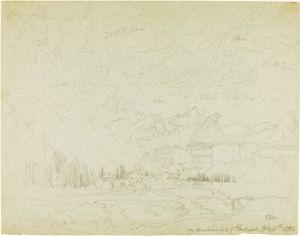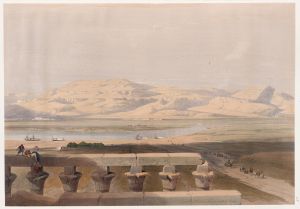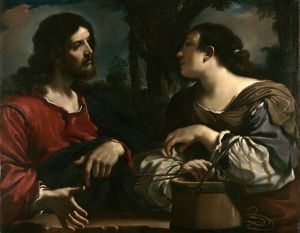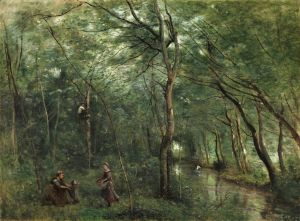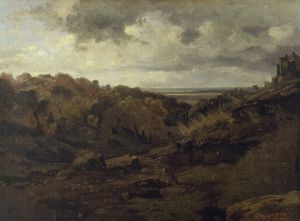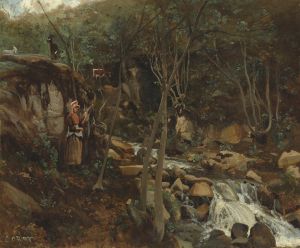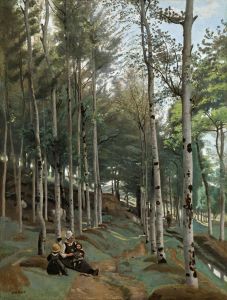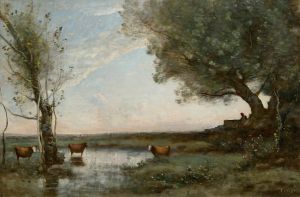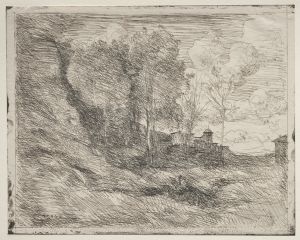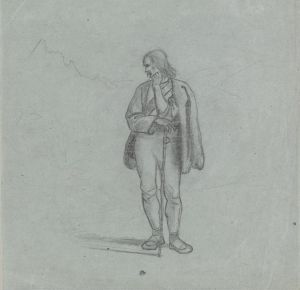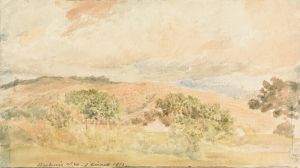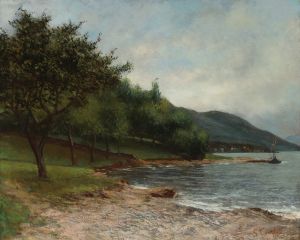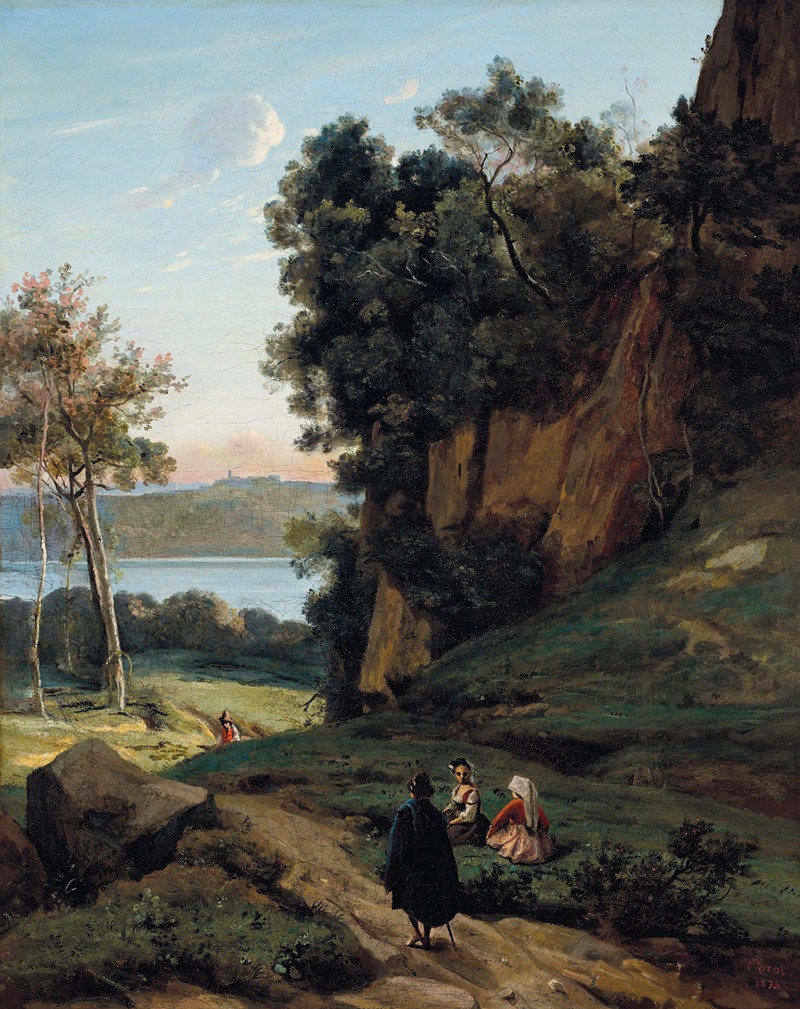
Italiens D’Albano
A hand-painted replica of Jean-Baptiste-Camille Corot’s masterpiece Italiens D’Albano, meticulously crafted by professional artists to capture the true essence of the original. Each piece is created with museum-quality canvas and rare mineral pigments, carefully painted by experienced artists with delicate brushstrokes and rich, layered colors to perfectly recreate the texture of the original artwork. Unlike machine-printed reproductions, this hand-painted version brings the painting to life, infused with the artist’s emotions and skill in every stroke. Whether for personal collection or home decoration, it instantly elevates the artistic atmosphere of any space.
Jean-Baptiste-Camille Corot was a prominent French landscape painter and a pivotal figure in the transition from traditional Neoclassical painting to the innovations of Impressionism. Among his numerous works, "Italiens D’Albano" stands out as a notable example of his Italian period, which significantly influenced his artistic development.
Corot was born in Paris in 1796 and began his artistic career relatively late, at the age of 26. He traveled to Italy for the first time in 1825, a journey that profoundly impacted his style and subject matter. During his time in Italy, Corot was captivated by the Italian landscape and the quality of light, which became central themes in his work. "Italiens D’Albano" is one of the paintings that emerged from this period, reflecting his fascination with the Italian countryside.
The painting depicts a serene landscape near Lake Albano, located southeast of Rome. This area was a popular destination for artists of the time, drawn by its picturesque scenery and historical significance. Corot's rendering of the landscape is characterized by his delicate use of light and shadow, creating a tranquil and atmospheric scene. The composition typically includes elements such as trees, water, and distant hills, arranged to guide the viewer's eye through the painting.
Corot's technique in "Italiens D’Albano" showcases his mastery of plein air painting, a method of painting outdoors to capture the natural light and atmosphere of a scene. This approach was relatively innovative at the time and laid the groundwork for the later development of Impressionism. Corot's brushwork in the painting is both precise and fluid, allowing him to convey the subtle variations in light and color that define the landscape.
The figures in Corot's landscapes, including "Italiens D’Albano," are often small and integrated into the environment, emphasizing the harmony between humans and nature. This aspect of his work reflects the influence of the Barbizon School, a group of French painters who sought to depict rural life and landscapes with realism and sensitivity.
"Italiens D’Albano" is an example of Corot's ability to blend classical composition with a more modern sensitivity to light and atmosphere. His work during this period was well-received by critics and collectors, establishing him as a leading figure in the art world. Corot's influence extended beyond his lifetime, as his approach to landscape painting inspired future generations of artists, including the Impressionists.
Today, Corot's paintings, including "Italiens D’Albano," are celebrated for their poetic quality and technical skill. They are housed in major museums and collections worldwide, where they continue to be studied and admired for their contribution to the evolution of landscape painting. Corot's legacy as a bridge between traditional and modern art remains significant, and his works are considered masterpieces of 19th-century art.





